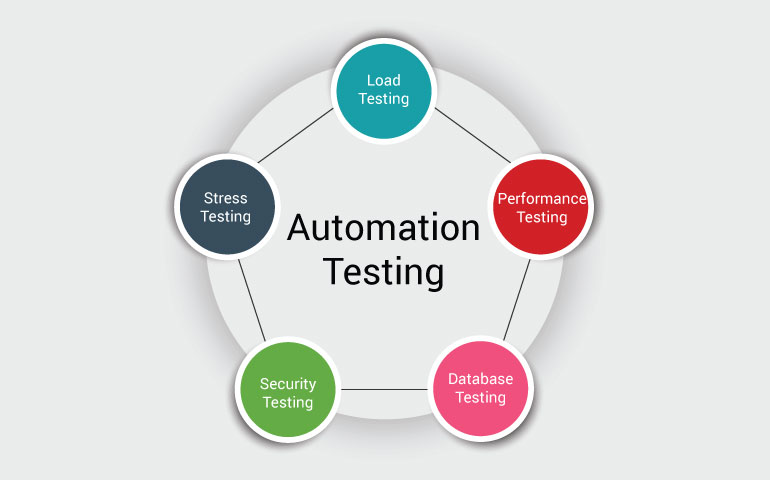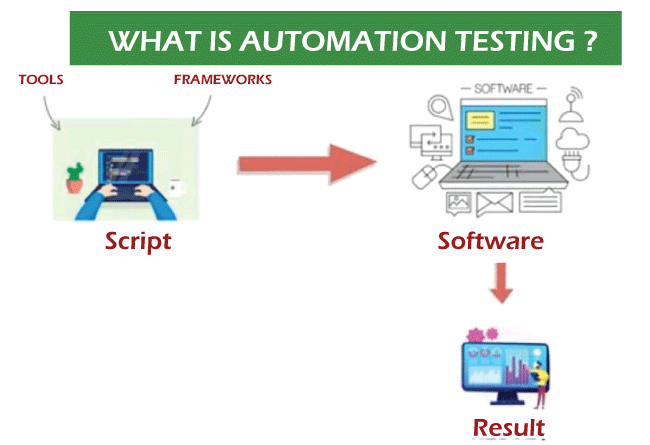From Manual to Automated Testing: A Comprehensive Guide to Transitioning Efficiently and Effectively
In the realm of software screening, the change from manual to automated processes has become an increasingly important transition for organizations looking for to enhance performance and accuracy in their screening practices. The journey from manual to automated testing is not without its obstacles, but when come close to tactically and with a clear plan in mind, the advantages can be substantial.
Benefits of Automated Checking
Automated testing offers countless advantages, enhancing effectiveness and accuracy in software advancement procedures. Automated tests can be run at the same time on multiple devices and running systems, drastically speeding up the testing stage compared to hands-on testing.
Moreover, automated screening guarantees a greater level of precision in identifying issues. Because automated tests follow predefined manuscripts, human mistake is decreased, leading to even more trusted examination results. Consistency in testing is also enhanced, as automated examinations execute the very same steps precisely each time they are run. This uniformity is crucial in ensuring that all functionalities of the software application are thoroughly tested, minimizing the possibility of undetected insects sliding via to production.
Selecting the Right Tools

To start with, evaluate your needs and goals. Recognize the extent of your job, the technologies involved, and the capability of your team. This analysis will help you determine the capabilities and functions you need in your screening tools.
Second of all, take into consideration the compatibility of the tools with your existing systems and processes. Smooth integration with your current software application growth lifecycle is important to guarantee a smooth shift to automation.
Furthermore, assess the scalability and flexibility of the devices. As your testing requires evolve, the devices need to have the ability to adjust and accommodate adjustments successfully.
Lastly, factor in the support and neighborhood around the devices. Robust support and an energetic user community can offer beneficial sources and assistance when carrying out automated testing. By carefully considering these elements, you can choose the right devices that line up with your requirements and established the stage for an effective shift to automated screening.
Writing Effective Test Scripts

When crafting test scripts, it is important to consider the particular needs of the software application being tested and guarantee that the scripts attend to all important performances. Descriptive and clear calling conventions for examination manuscripts and test situations can boost readability and maintainability. Additionally, incorporating error handling devices within the test scripts can assist in recognizing and dealing with problems without delay.
Furthermore, organizing test manuscripts right into modular components can enhance reusability and scalability, reducing redundancy and improving efficiency in test script maintenance. Regular evaluations and updates to evaluate manuscripts are crucial to keep speed with evolving software program demands and functionalities. By adhering to these concepts, testers can produce effective and robust examination scripts that add dramatically to the success of automated screening procedures.
Integrating Automation Into Workflows
By perfectly incorporating automated testing devices like Selenium or Appium right into the software advancement lifecycle, groups can attain faster responses on code modifications, leading to quicker bug detection and resolution. This combination enables for continual testing throughout the advancement procedure, ensuring that any issues are determined early on, resulting in higher software program high quality. Appropriate assimilation of automation devices needs cooperation between development, screening, and operations groups to establish a unified workflow that maximizes efficiency and efficiency in providing top notch software items.
Making Certain a Smooth Transition
Successfully transitioning to automated screening involves precise planning and mindful implementation to take full advantage of and lessen disruptions efficiency in the software application advancement process - automation testing. To make certain a smooth change, it Get More Information is necessary to start by conducting an extensive assessment of the present testing procedures and recognizing locations where automation can bring one of the most considerable advantages. Involving with all stakeholders beforehand while doing so, including programmers, testers, and job supervisors, is essential for garnering assistance and buy-in for the automation effort
Interaction is key during this change phase. Clear interaction of the goals, benefits, and assumptions of automated screening assists to take care of any type of resistance or concerns that may occur. In addition, giving ample training and sources for staff member to upskill in automation tools and techniques is essential for making sure a successful change.

Conclusion
To conclude, transitioning from handbook to automated testing provides many advantages, including enhanced efficiency and integrity. By selecting the ideal devices, creating reliable test scripts, and incorporating automation perfectly right into operations, organizations can make certain a smooth and successful shift. It is vital to welcome automation as an important asset in software program screening processes to enhance overall high quality and efficiency.
In the world of software testing, the change from handbook to automated procedures has actually ended up being a progressively important transition for companies seeking to boost effectiveness and precision in their screening techniques. Automated examinations can her explanation be run simultaneously on multiple gadgets and operating systems, substantially speeding up the screening look at this now phase contrasted to hand-operated screening. Consistency in testing is additionally improved, as automated tests execute the exact same steps specifically each time they are run.To make certain the successful application of chosen screening tools, the development of efficient examination scripts plays a critical function in confirming the functionality and efficiency of automated procedures - automation testing. By adhering to these principles, testers can develop efficient and robust test scripts that contribute significantly to the success of automated screening procedures